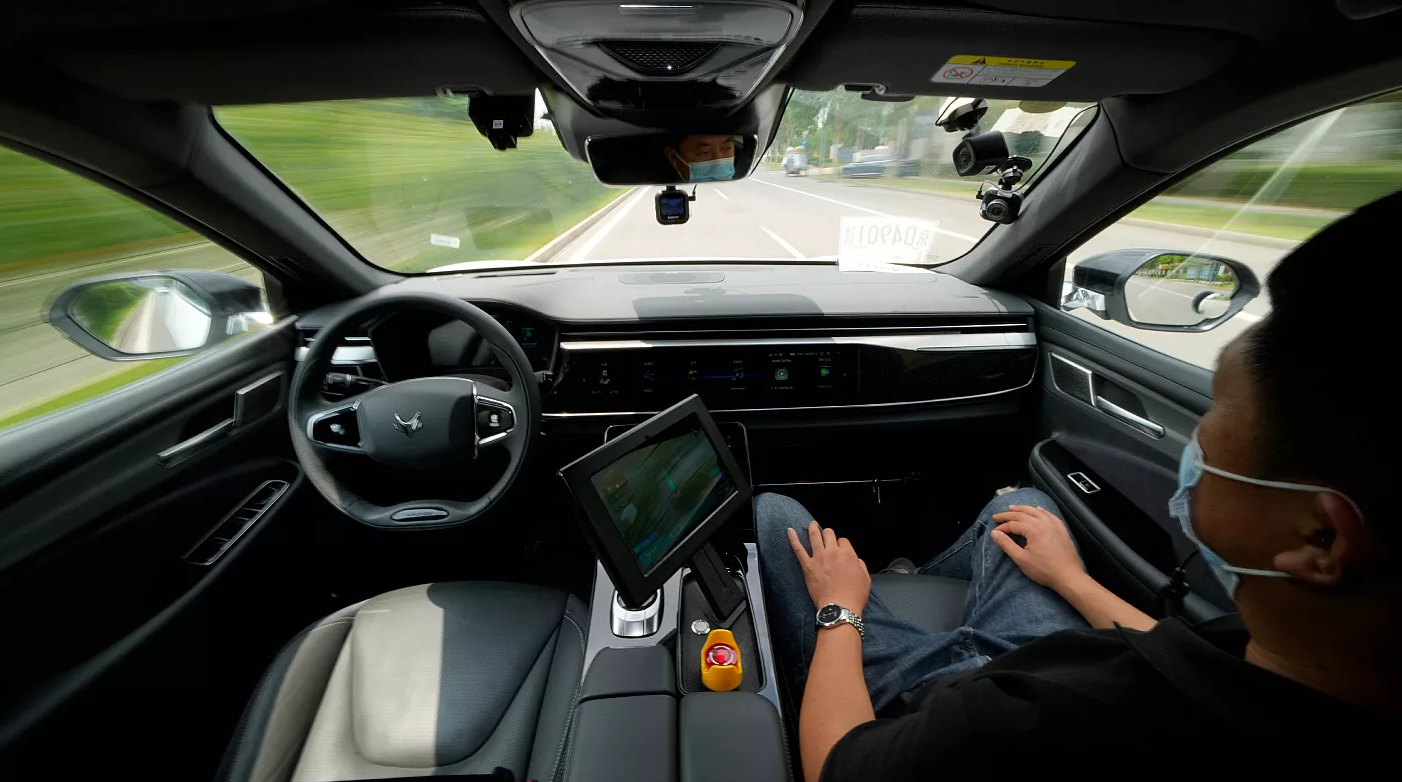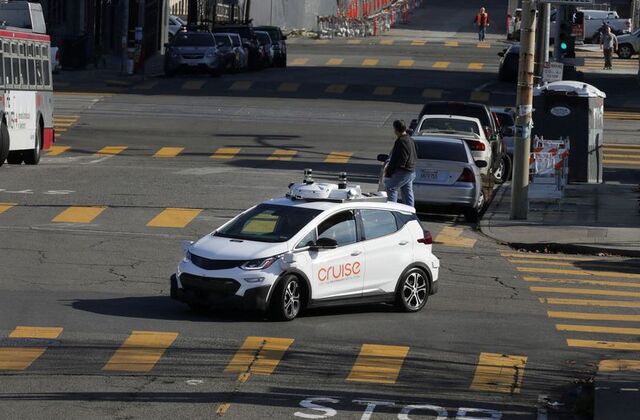
How close are we to seeing fully autonomous vehicles dominate the roads in the United States? The idea of self-driving cars has captivated the public imagination for years, promising a future where technology handles the complexities of driving, reducing accidents, and easing traffic congestion.
However, despite rapid advancements in automated driving technologies, the reality of a driverless future remains uncertain. Let’s take a look at the current state of autonomous vehicles, the challenges that still need to be overcome, and how far we are from actually realizing the dream of fully automated driving on a large scale.
The State of Automated Driving Today
Automated driving in the United States includes varying levels of automation, from basic driver-assistance systems to highly automated vehicles. The Society of Automotive Engineers (SAE) defines six levels of driving automation , from Level 0 (no automation) to Level 5 (full automation).
Most commercially available vehicles today operate at Level 2, which includes systems like Tesla’s Autopilot and General Motors’ Super Cruise, capable of managing steering, acceleration, and braking under certain conditions but still requiring active supervision by the driver. As of 2024, fully autonomous vehicles (Level 5) remain in the experimental stage, with companies like Waymo and Cruise testing driverless cars in limited urban environments.
Despite progress, the deployment of fully autonomous vehicles is still in its infancy. Widespread adoption of Level 4 or Level 5 vehicles may not occur for many years, due to ongoing technical and regulatory challenges. The regulatory environment varies significantly across states, with some, like California and Arizona, leading in allowing testing and deployment of autonomous vehicles, while others remain more restrictive.
Traffic Improvements, Safety, and the Potential Benefits
Automated driving has the potential to significantly enhance traffic flow and reduce congestion on U.S. roadways. The U.S. Department of Transportation suggests that widespread adoption of autonomous vehicles could lead to a reduction in traffic congestion by optimizing vehicle spacing, speed, and lane usage.
Autonomous vehicles can communicate with each other and with traffic infrastructure, allowing for smoother transitions and fewer bottlenecks during peak hours. This capability is especially promising in urban areas, where congestion is a persistent problem, costing the U.S. economy billions annually in lost productivity.
Safety improvements are another critical benefit, with the potential to dramatically reduce road accidents caused by human error, which accounts for most crashes, says an Indiana-based semi truck accident lawyer . Autonomous vehicles are designed to eliminate common risky behaviors like distracted driving, speeding, and impaired driving.
Automated braking systems alone could prevent or mitigate a significant percentage of rear-end collisions. By minimizing human error, automated driving systems could potentially save thousands of lives each year, significantly reducing the number of annual fatalities on U.S. roads.
Technological Challenges and What’s Holding Us Back
One of the primary technological hurdles facing the development of fully autonomous vehicles is the limitation of current sensor systems. Technologies like LiDAR, radar, and cameras are crucial for detecting and interpreting the driving environment, but each has its limitations. For example, LiDAR provides high-resolution 3D mapping but struggles in poor weather conditions like fog or heavy rain.
Radar can detect objects in various weather conditions but lacks the resolution to differentiate between closely spaced objects. Cameras, while essential for visual recognition, are heavily reliant on good lighting conditions and are prone to misinterpreting shadows or reflections as obstacles. These limitations can lead to dangerous situations, as sensors may fail to accurately perceive or respond to complex driving scenarios.
The current state of AI and machine learning also poses significant barriers. Autonomous vehicles rely on AI to make split-second decisions based on vast amounts of data collected from their sensors.
However, AI systems are not yet advanced enough to handle the full range of unpredictable and nuanced situations that can arise on the road. According to a 2023 study by MIT , current AI models struggle in scenarios where human judgment and experience are crucial, such as interpreting the intentions of pedestrians or reacting to erratic behavior by other drivers.
What Needs to Change
To pave the way for the safe and effective deployment of autonomous vehicles, several critical areas require substantial change. First, the regulatory framework governing autonomous vehicles needs to be more comprehensive and consistent across states.
Currently, the regulatory landscape is fragmented, with each state setting its own rules for testing and deployment. This lack of uniformity creates challenges for manufacturers and slows progress. Only 29 states have enacted legislation specifically addressing autonomous vehicles so far.
Another key area for advancement is the gradual improvement of driver-assistance systems as a stepping stone toward full autonomy. Enhancing existing technologies, such as advanced driver-assistance systems (ADAS), will help build public trust and gradually introduce more sophisticated levels of automation.
Public education initiatives are also crucial to help consumers understand the capabilities and limitations of these technologies, reducing the likelihood of misuse and increasing acceptance.
How Close Are We?
Expert predictions on the timeline for fully autonomous vehicles vary widely, reflecting the complexity and uncertainty surrounding the technology's development. Some optimistic projections, like those from Tesla CEO Elon Musk, suggest that fully autonomous vehicles could be widely available by the late 2020s.
However, most industry experts and researchers take a more cautious view. For instance, a 2023 report by BCG predicts that Level 4 autonomy—where vehicles can handle most driving tasks independently in specific environments—might not become mainstream until the late 2030s. The report cites ongoing technological, regulatory, and infrastructural challenges as key reasons for the slower rollout.
The adoption of fully autonomous vehicles is expected to occur unevenly, with urban areas likely seeing these technologies sooner than rural regions. Dense urban environments, where the benefits of reduced congestion and enhanced safety are most significant, are likely to be the initial focus for autonomous vehicle deployment.
These factors suggest that while progress is being made, the widespread presence of fully autonomous vehicles on American roads is still a decade or more away.
Conclusion
Are we truly on the brink of a fully autonomous driving revolution, or is it still a distant goal? The answer lies somewhere in between. While significant progress has been made in developing automated driving technologies, the path to widespread adoption is fraught with challenges, including technological limitations, regulatory hurdles, and public skepticism.
The next decade will likely see incremental advancements, particularly in urban areas, as the industry continues to refine and improve these systems. However, achieving true, widespread autonomy will require coordinated efforts across technology, regulation, and infrastructure, ensuring that safety and reliability are at the forefront of this transformative journey.




